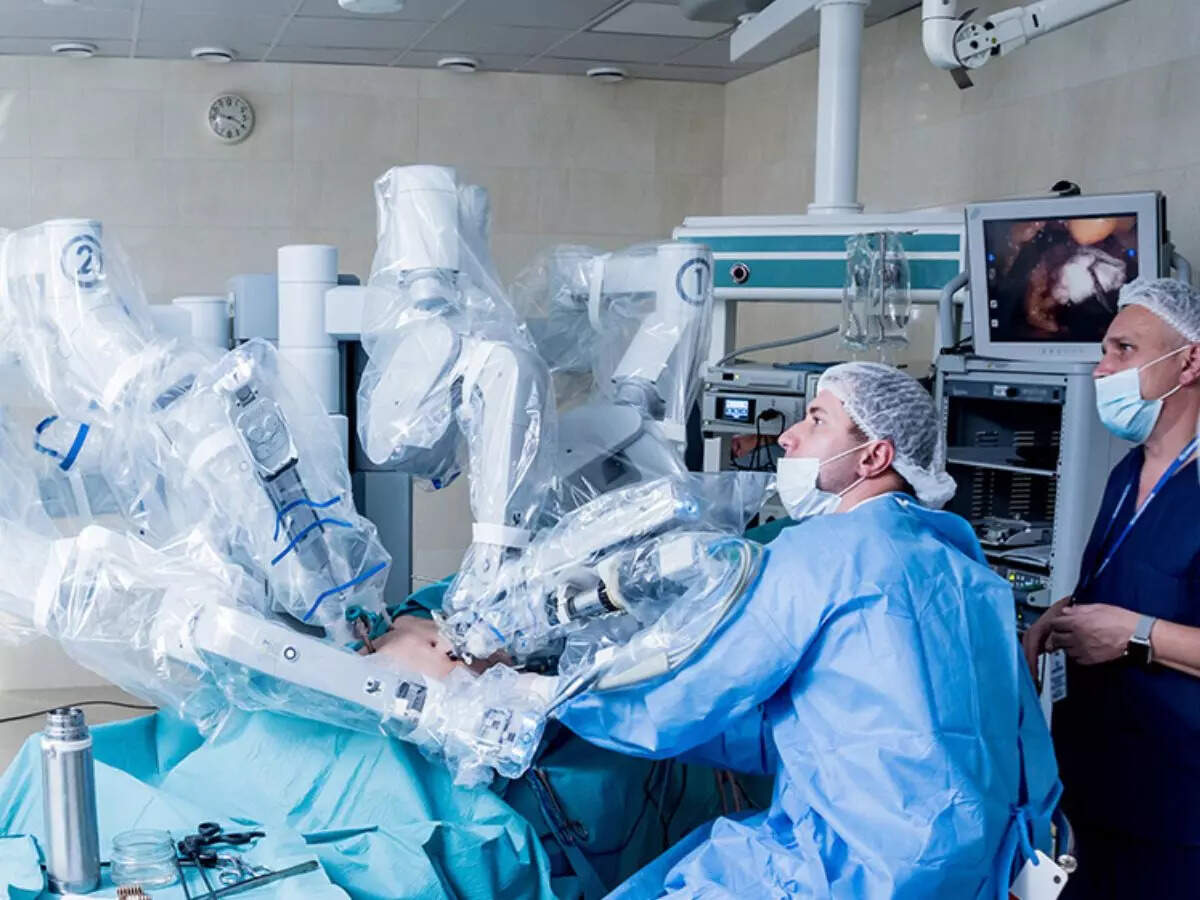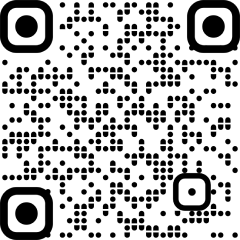Revolutionizing Cardiovascular Surgery: The Role of Robotics
Integration of robotics will see the dawn of a new era in the medical field that promises to be transformative. With unparalleled precision, improved magnification, and visual fields, robotics, can offer cardiovascular surgeons, a vision of the operative field that is not possible with human eyes. With improved position will come improved outcomes and reduced recovery times revolutionizing the field of cardiovascular surgery.
Integration of robotics will see the dawn of a new era in the medical field that promises to be transformative. With unparalleled precision, improved magnification, and visual fields, robotics, can offer cardiovascular surgeons, a vision of the operative field that is not possible with human eyes. With improved position will come improved outcomes and reduced recovery times revolutionising the field of cardiovascular surgery.
Precision and accuracy are big advantages of robotics technology. Procedures and surgeries rely heavily on the human hand.
Robotics can offer steady and precise movements that will allow surgeons to perform intricate procedures without physical limitations, such as fatigue or tremors. This will improve the accuracy of the procedure performed.
Robotics, utilise advanced technology, such as 3-D mapping, augmented reality, high definition, cameras, and magnification, providing a more enhanced understanding and vision of the patient’s anatomy. This level of detail and enhanced understanding allows the proceduralist to navigate complex procedures with unprecedented clarity, reducing the risk of inadvertent damage and improving outcomes.
Another key benefit of robotics in cardiovascular surgery is the ability to perform procedures through minimally invasive techniques. Minimally invasive surgeries involve smaller incisions compared to traditional open surgeries, resulting in less trauma to the surrounding tissues, reduced pain, and faster recovery times for patients. Robotic systems excel in performing minimally invasive procedures by offering greater maneuverability and precision within confined spaces. Surgeons can manipulate miniature instruments attached to robotic arms with remarkable precision, accessing hard-to-reach areas of the heart and blood vessels while minimising trauma to surrounding tissues. This approach reduces the risk of complications such as excessive bleeding, infection, and scarring, leading to shorter hospital stays and quicker return to normal activities for patients.
The integration of robotics into cardiovascular surgery expands the range of procedures that can be performed with improved outcomes. Complex surgeries that were once deemed too risky or technically challenging can now be undertaken with greater confidence, thanks to the capabilities offered by robotic systems.
For instance, robotic-assisted coronary artery bypass grafting (CABG) allows surgeons to bypass blocked or narrowed coronary arteries with precision and efficiency, reducing the risk of complications associated with traditional open-heart surgery. Similarly, robotic mitral valve repair enables surgeons to repair or replace the mitral valve with greater accuracy, preserving the function of the heart and improving long-term outcomes for patients.
Advancements in robotics have also paved the way for remote surgery and telemedicine in cardiovascular procedures. Remote surgery involves performing procedures on patients located in different geographical locations from the surgeon, with the assistance of robotic systems and high-speed internet connectivity.
This innovation holds immense promise for extending specialised cardiovascular care to underserved areas, where access to skilled surgeons may be limited. Surgeons can remotely control robotic systems equipped with cameras and instruments, performing surgeries with the same level of precision as if they were physically present in the operating room. Additionally, telemedicine platforms enable real-time consultation and collaboration between surgeons, allowing for expert guidance and decision-making during complex procedures.
Despite the significant advancements made in robotic cardiovascular surgery, challenges remain, including the high cost of equipment, the need for specialised training, and concerns regarding patient safety and outcomes. However, ongoing research and development efforts aim to address these challenges and further enhance the capabilities of robotic systems in cardiovascular surgery. Future directions in robotic cardiovascular surgery include the development of smarter and more intuitive robotic platforms, integration of artificial intelligence and machine learning algorithms for real-time decision support, and refinement of remote surgery techniques for broader adoption and accessibility.
Overall, robotics have emerged as a game-changer in cardiovascular surgery, offering unprecedented precision, enhanced surgical capabilities, and expanded access to specialised care. As technology continues to evolve, the potential for robotics to revolutionise the field of cardiovascular surgery and improve patient outcomes remains endless.
The article is written by Dr Parija Sharedalal, MD, American University of Antigua, Interventional Cardiologist, New Jersey, US
(DISCLAIMER: The views expressed are solely of the author and ETHealthworld.com does not necessarily subscribe to it. ETHealthworld.com shall not be responsible for any damage caused to any person/organisation directly or indirectly)



COMMENTS
All Comments
By commenting, you agree to the Prohibited Content Policy
PostBy commenting, you agree to the Prohibited Content Policy
PostFind this Comment Offensive?
Choose your reason below and click on the submit button. This will alert our moderators to take actions